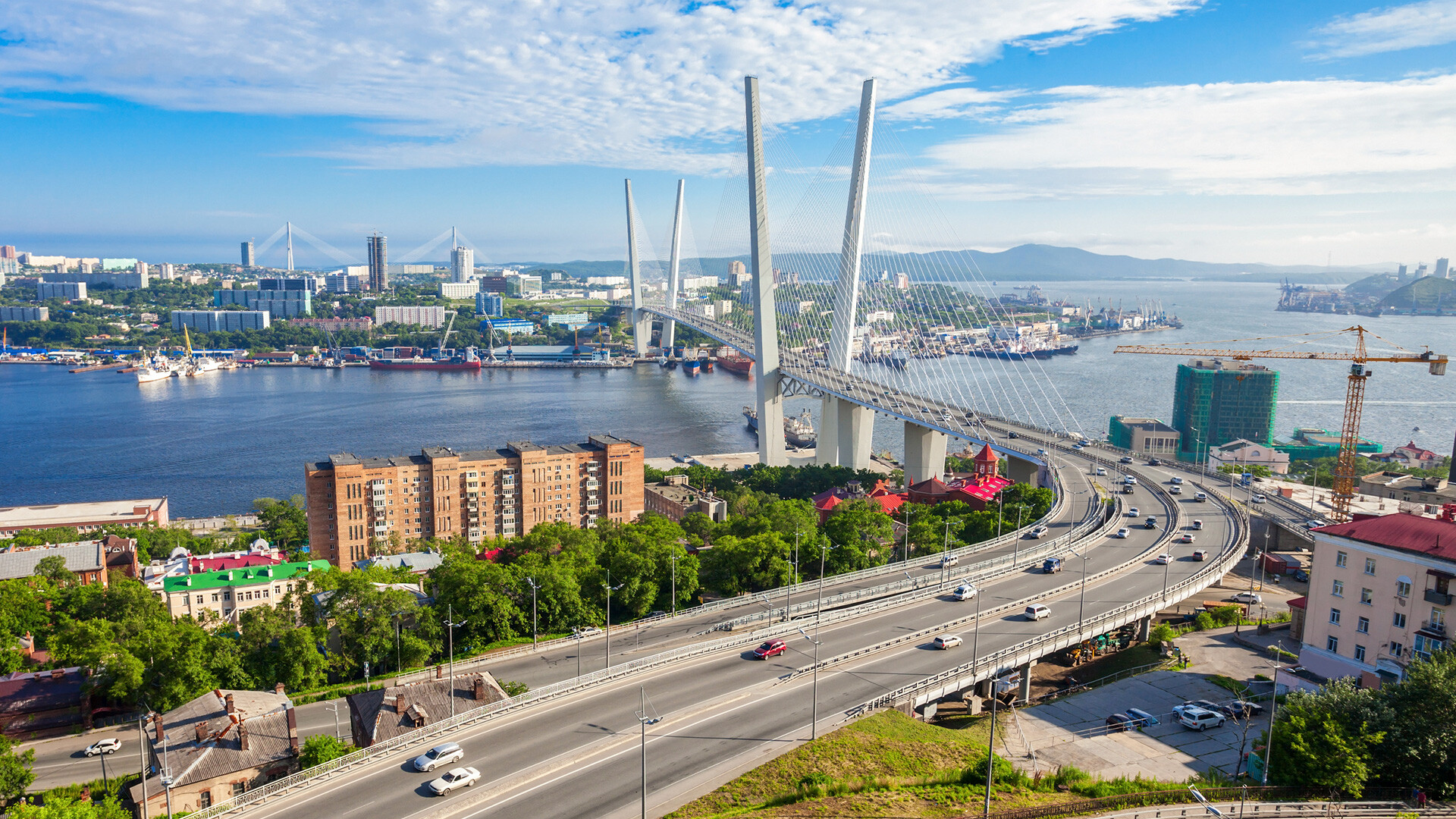
The iconic view of Vladivostok.
Legion MediaRussia's Far Eastern lands take up 40% of the country, but just over 8 million people live there (5.5% of the total population). Most of them are equated to the territories of the Far North, due to the harsh climate and landscape, which makes the areas difficult to access. Nevertheless, there are major cities there that are actively developing and growing.
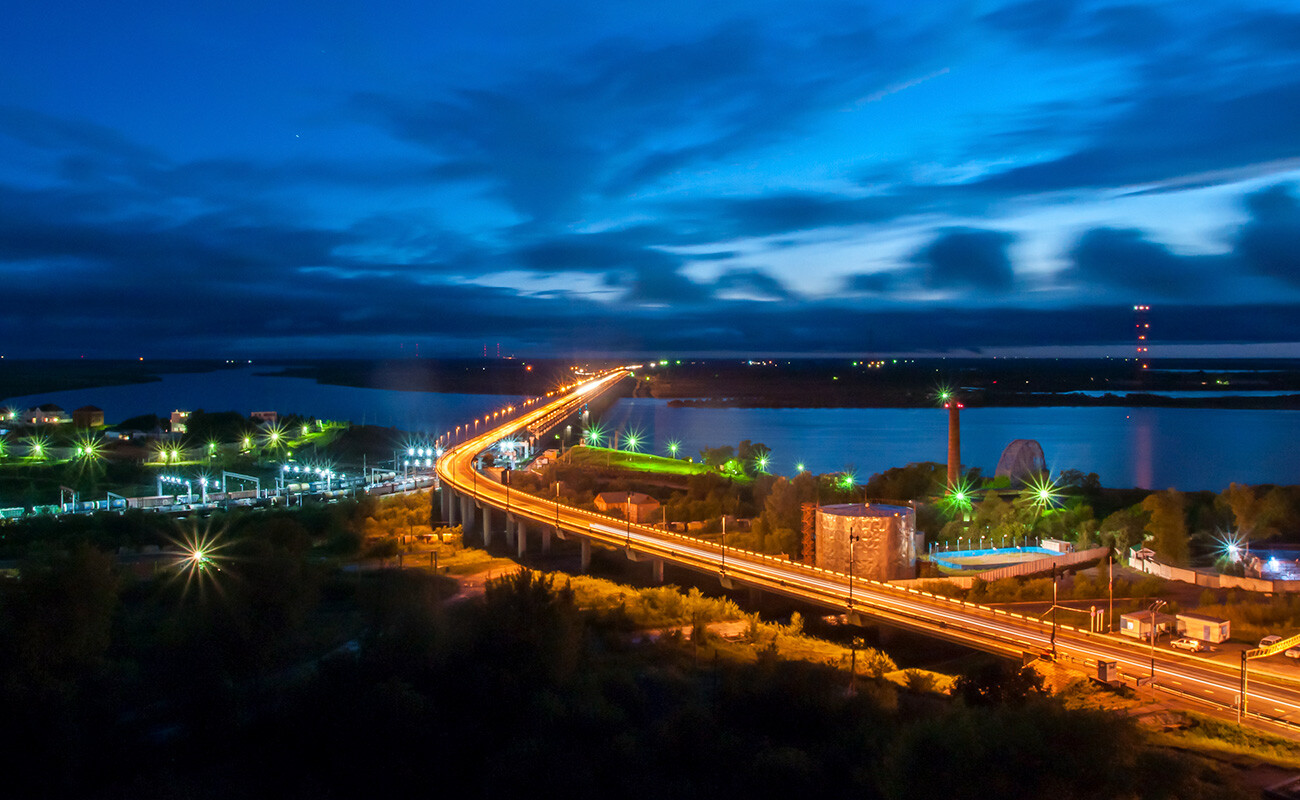
This is the largest city of the Far Eastern Federal District, the capital of Khabarovsk Territory. The Amur cliff, from which the history of the city began in the mid-19th century, is secretly considered its symbol. It is it that is depicted on the 5,000-ruble banknote.

‘Russian San Francisco’ - This is how locals and tourists often nickname Vladivostok. There, you can see the longest cable-stayed bridge in the world! It connects the city with Russky Island and, at night, it is illuminated with colors of the Russian flag.
The city is also famous for its lighthouses, picturesque bays and quaint islands. And Vladivostok is also the final stop on the Trans-Siberian Railway.
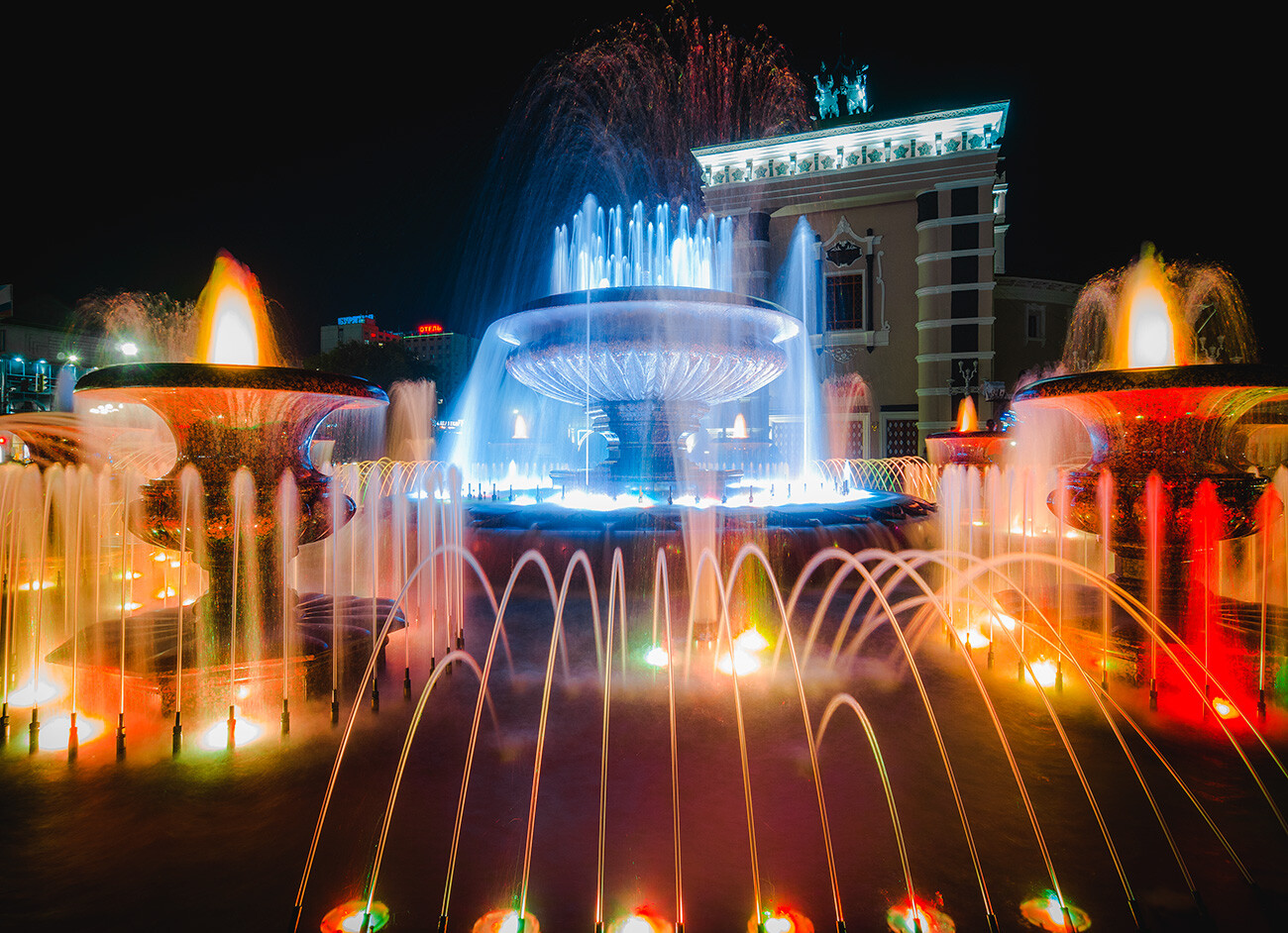
Ulan-Ude is geographically located in Eastern Siberia, but administratively it is part of the Far Eastern Federal District. It is the capital of Buryatia, the center of Buddhism in Russia, and you can see many datsans and Buddhist shrines around the city. Meanwhile, in the center, you will find the world's largest head monument of Lenin. In addition, Ulan-Ude is the sunniest city in Russia. The sun shines, on average, for 2,797 hours a year.

Yakutsk is the world's largest city on permafrost. All buildings there are constructed on stilts to prevent the heat from the houses from melting the ground and causing them to sag. In winter, temperatures can drop to as low as minus 50 degrees Celsius, while, in summer, they can reach as high as 30 degrees Celsius. And, if you miss the cold, you can check out the ‘Permafrost Kingdom’ on the outskirts of the city - a network of caves where the temperature is always naturally sub-zero all year round.
Despite the harsh climate, the population is increasing year by year and the city itself is growing. New residential neighborhoods and modern public spaces with the flavor of the Far North are also appearing.

An ancient city (founded in 1653) that has preserved many wooden houses with carved architraves in the center. It is the administrative center of the Trans-Baikal Territory.
In the vicinity of Chita, there is incredibly beautiful nature: the Borzinskoye salt lake , the huge Heatei caves, the Kandalinskie rock palaces.
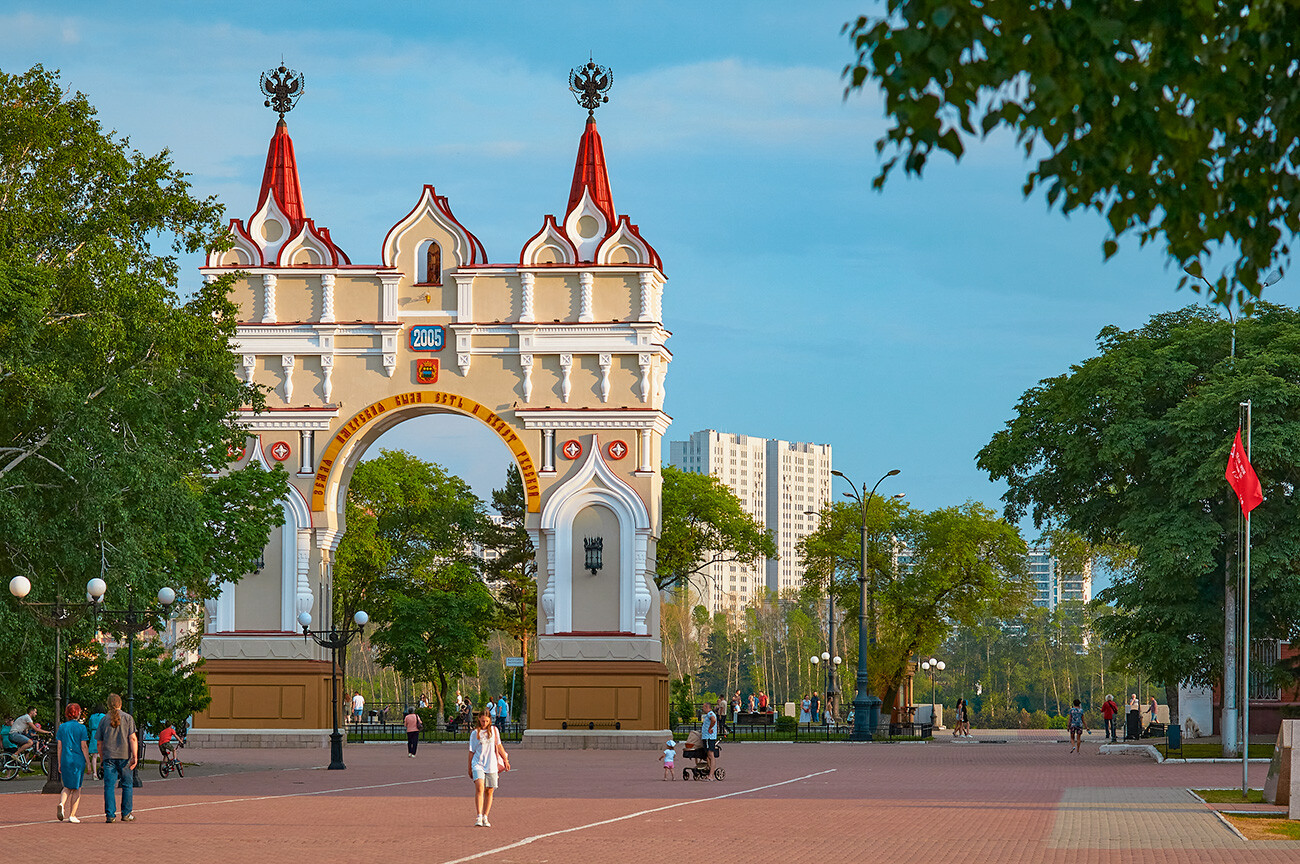
Blagoveshchensk stands on the border with China: the city of Heihe is literally on the other bank of the Amur River. Naturally, because of this, there are many restaurants of Chinese cuisine in Blagoveshchensk, while one of the most popular places among the citizens is the embankment, from which you can say hello to your neighbors.
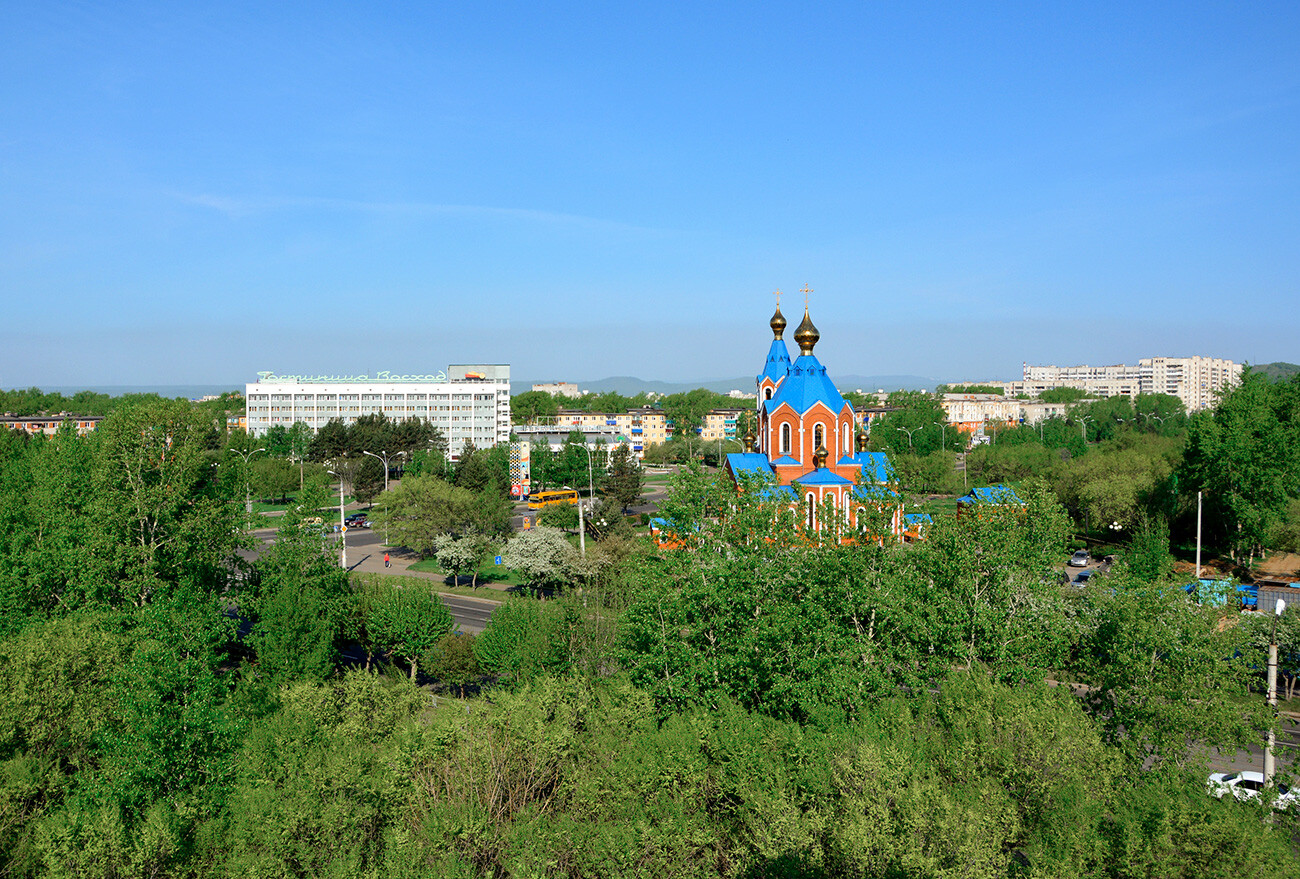
The second largest city in Khabarovsk Territory, Komsomolsk-on-Amur is known in Russia as the country's largest aircraft and shipbuilding center. It is a major transportation hub on the Baikal-Amur Mainline: from Komsomolsk-on-Amur the branch line to the south, to Khabarovsk and Vladivostok and to the west, to Tynda.
Dear readers,
Our website and social media accounts are under threat of being restricted or banned, due to the current circumstances. So, to keep up with our latest content, simply do the following:
If using any of Russia Beyond's content, partly or in full, always provide an active hyperlink to the original material.
Subscribe
to our newsletter!
Get the week's best stories straight to your inbox